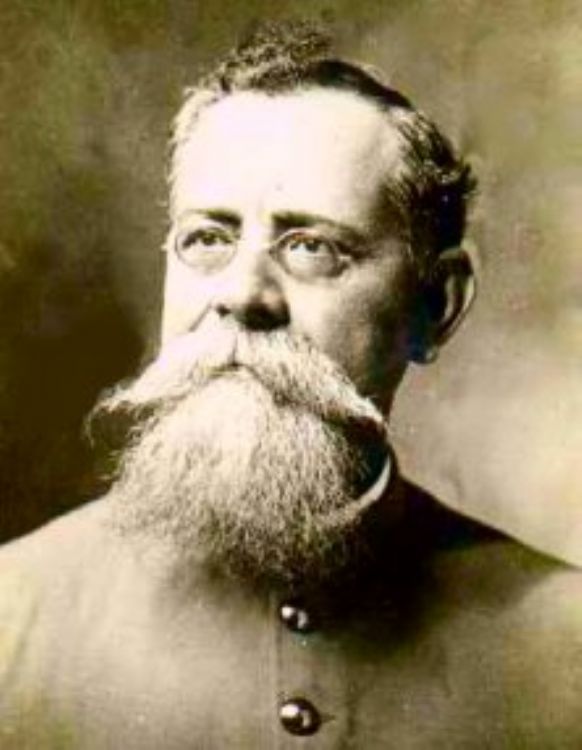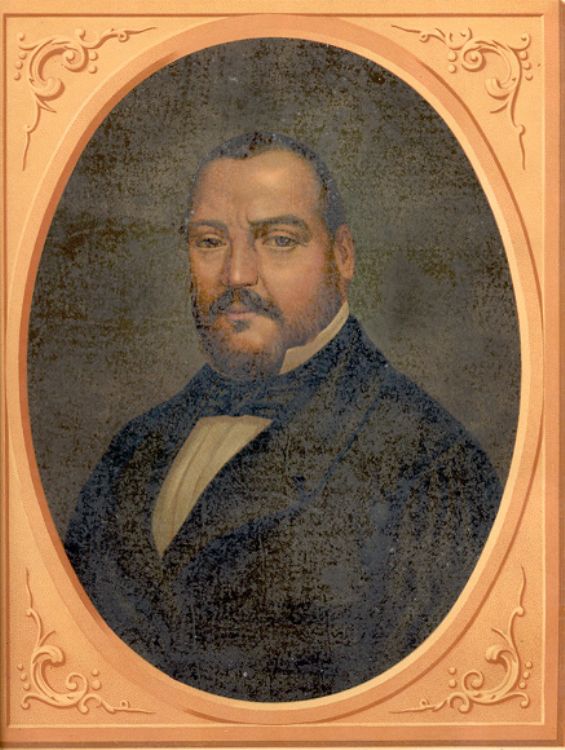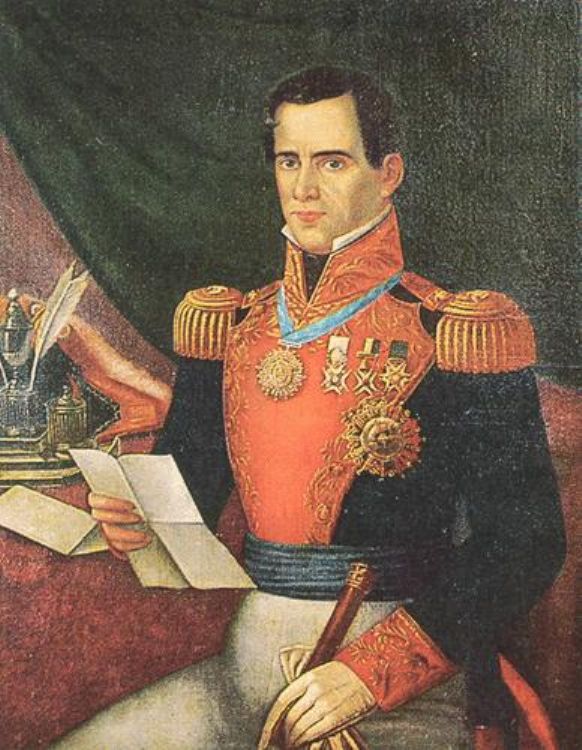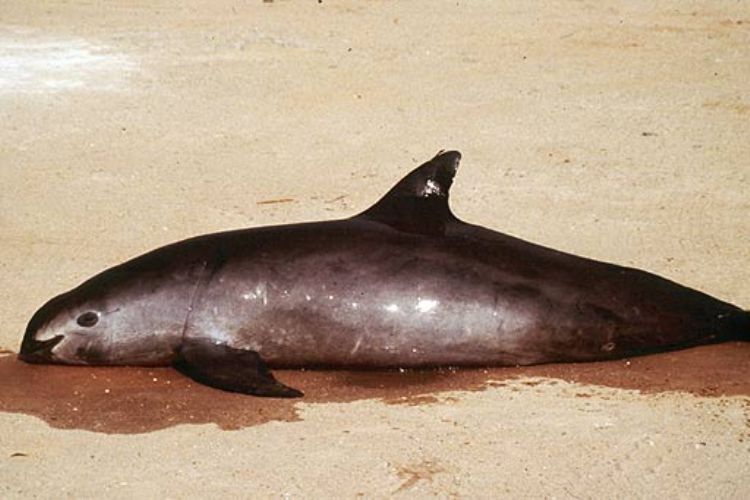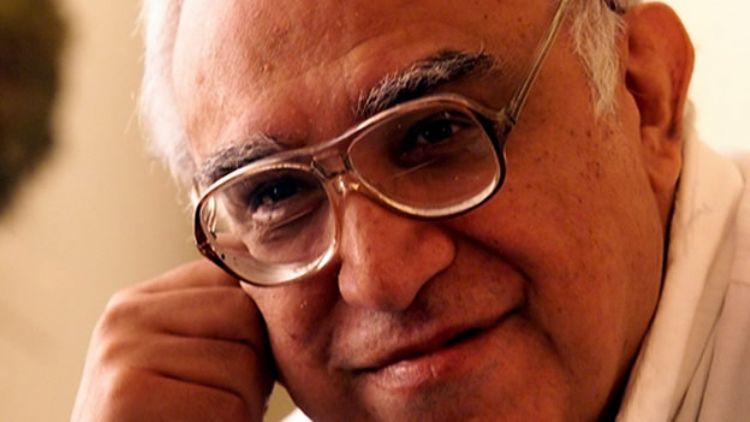The Mayan Sculptures
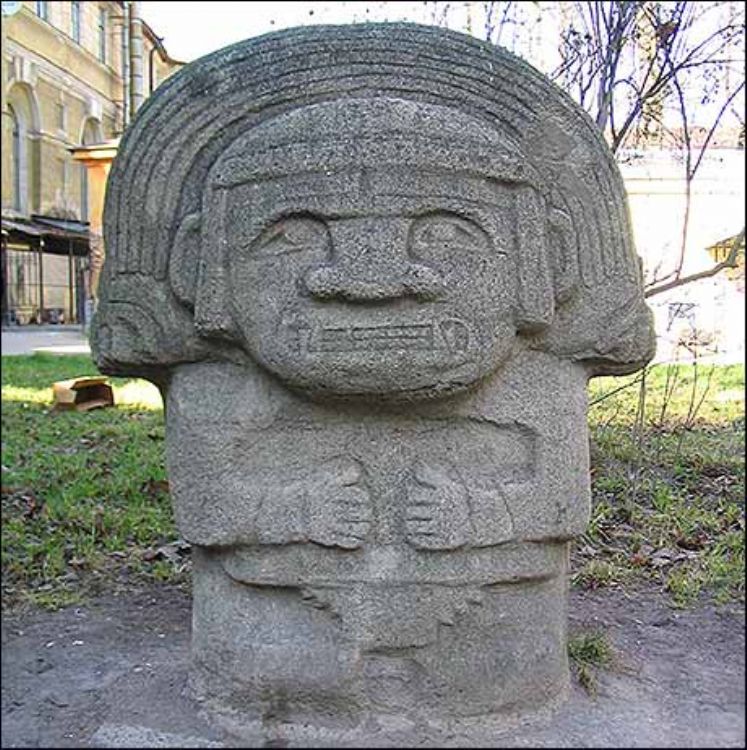
The Ancient Mayas were one of the most important pre-Columbian Mesoamerican cultures, their scientific and artistic legacy is one of the richest worldwide.
The Maya civilization flourished during approximately 3,000 years and inhabited a vast region in the south and southeast of México, spanning over the territory of the current states of Campeche, Chiapas, Quintana Roo, Tabasco and Yucatán; as well as the current countries of Belize, Guatemala, Honduras and El Salvador. Although the Maya culture has not completely disappeared, the end of its splendor was caused by the Spanish Conquest, consummated in 1697.
The Maya splendor can still be appreciated in the impressive structures they created, decorated with mural paintings, stucco embellishments and slabs of carved stone (steles) that describe the life of governors, their family trees, military feats and achievements. The nobility used necklaces, and belts made with mother-of-pearl inlays and carved stones. They also used shells, snails, earrings, bracelets and rings made of jade, quartz and gold.
<
Regarding sculptures, they had great expertise in carving relieves and steles by using wood and stucco painted in bright colors.
The symbols used in their sculptures was very complex, each symbol represented part of a great narrative. The form most commonly recognized today as belonging to the Maya era is Chac Mool, a reclining man, looking sideways, with his legs folded and holding a plate on his stomach, probably for placing offerings. The eagle, sacred animal, was frequently represented with a heart in its claws, referring to human sacrifice. Chaac, god of rain, was represented with an open mouth, showing sharp teeth. Among the symbols, flowers represented fertility and sexuality. Rattlesnakes symbolized blood and water.
The most recognized shape of Maya sculpture are steles, stone monoliths with carved texts that have been of great help in recent years for understanding this majestic culture. The greatest stele ever found is the E Stele of Quiriguá, weighting 65 tons and measuring 10.5 meters in height.
The fine detail of its multiple jade sculptures is impressive. These works of art show distinctive styles of each region, varying in perspective, expression and carved depth.
The Maya created a great number of sculptures from different materials, especially in stone, wood, stucco and jade. Steles were great slabs of stone covered with carvings. Most represented governors and contained hieroglyphic texts. Another great group of stone carvings covered the doors and walls of buildings. They were probably very prolific in creating wood sculptures, but very few survived to our days, the few samples that still exist used to cover the main templesâ walls. Stucco sculptures embellished the façades of many buildings, unique in Mesoamerica, including realist portraits of governors and nobility.
The Maya greatly enjoyed working with hade, a surprising skill because even though they didnât use any metal tools, they managed to sculpt impressive detail into such a dense material. One of the most outstanding sculptures is the mortuary mask of Palenqueâs governor, a life-size mask created to be placed over his dead body, it had âskinâ made of jade and âeyesâ made of mother-of-peal and obsidian.
Maya art is a reflection of their lifestyle and culture, composed of paintings, etchings made on wood and stone, clay models and terracotta figures. Most of their art was commissioned by the kings to immortalize themselves and guarantee their place in history.
Artículo Producido por el Equipo Editorial Explorando México.
Copyright Explorando México, Todos los Derechos Reservados.

